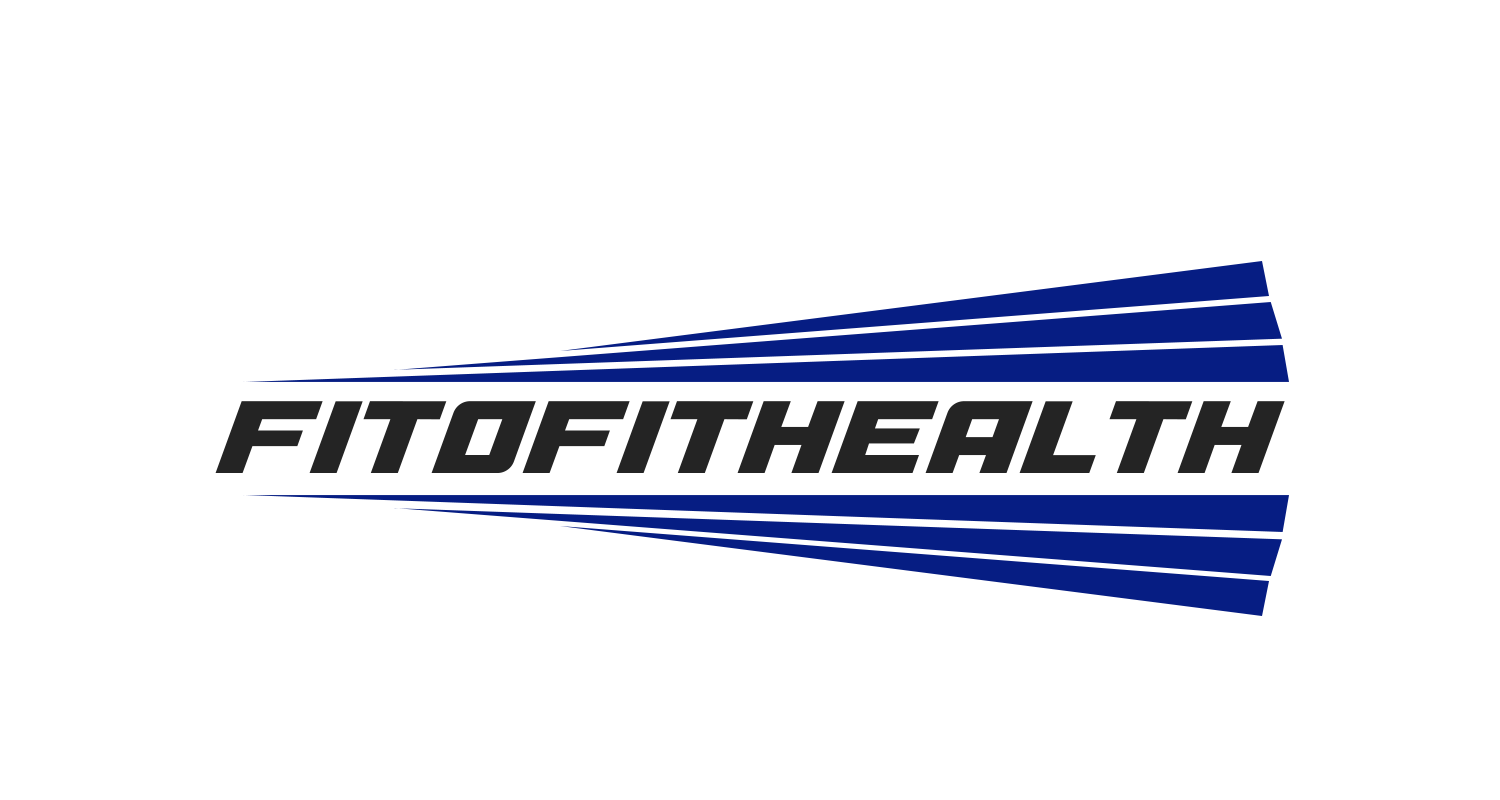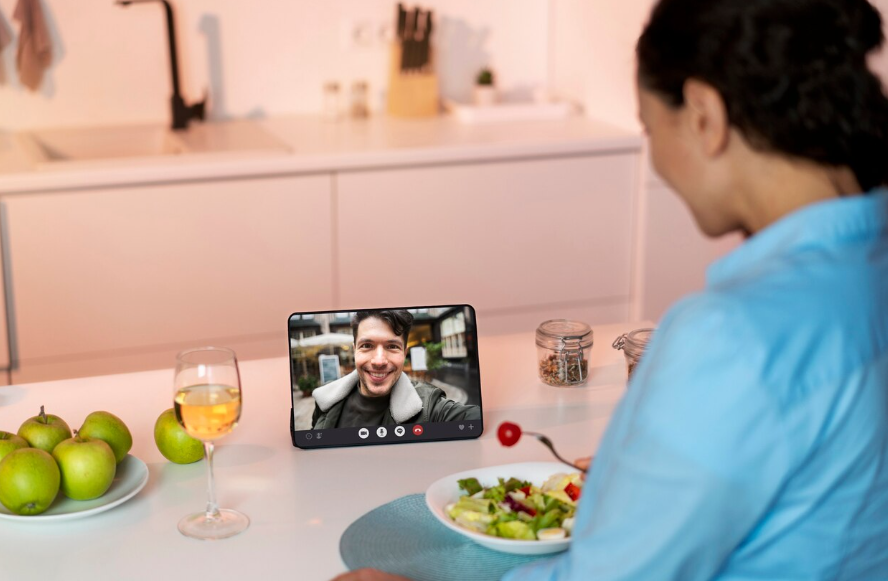Healthcare is changing a lot in today’s fast-paced environment. One of the most important innovations is the rise of software for real-time and remote patient monitoring. These technologies have changed the way healthcare providers care for and manage their patients. They can now check patients’ vital signs and health issues in real time, no matter where they are. This blog will talk about how these new ideas are changing the way healthcare is delivered in the future.
Real-Time Patient Monitoring: The Key to Better Health Care
Real-time patient monitoring is now an important part of modern healthcare. Healthcare personnel can get real-time information by constantly monitoring a patient’s health parameters, like heart rate, blood pressure, oxygen levels, and glucose levels. This instant access lets people make decisions and take action right away, stopping problems before they get worse.
Patients don’t have to go to the hospital or clinic for regular checkups anymore because they can be monitored in real-time. People can get ongoing care in the comfort of their own homes thanks to this technology. Real-time patient monitoring is especially helpful for people with long-term illnesses like diabetes or heart disease because it lets doctors keep an eye on their health all the time and make sure they get the help they need when they need it.
Remote Patient Monitoring Software: Giving Patients and Providers More Power
The growth of remote patient monitoring software is a big part of how healthcare is changing. These software tools let healthcare providers keep an eye on patients from a distance, which makes it easier to meet their demands. Patients can keep track of their health indicators and communicate them with their healthcare team without leaving home by using mobile apps or linked gadgets.
Remote patient monitoring software is especially useful in rural or underserved areas where getting to a doctor’s office may be hard. It connects patients with healthcare specialists so that people can get the care they need without having to go far. This software also gives patients more control over their health by giving them more information about their medical conditions and encouraging them to take charge of their health.
Making care and recovery better after surgery
A lot of individuals have a hard time keeping track of how their recovery is progressing after surgery. Traditional follow-up appointments may not always give the right care at the right time to find problems. Healthcare personnel can keep an eye on a patient’s recovery from afar via real-time patient monitoring and remote patient monitoring software. This cuts down on the need for hospital visits.
Doctors can use these tools to figure out if a patient is in pain, uncomfortable, or has any other strange symptoms that would need to be looked at. This constant connection makes it possible to act quickly, which improves the overall rehabilitation experience and lowers the chance of going back to the hospital.
What healthcare providers can gain from real-time and remote monitoring
Healthcare providers will gain a lot from combining real-time patient monitoring with remote patient monitoring software. Not only can these technologies help patients get well, but they also make administrative tasks easier. Providers may focus more on giving care and make fewer mistakes when they enter health data by automating the process.
Also, real-time monitoring and remote software tools enable healthcare providers to keep ahead of problems by spotting trends and patterns in their patients’ health. This proactive strategy makes it possible to act quickly and lowers the chance of problems. Healthcare providers can also take care of more patients because they can keep an eye on more than one patient at a time through remote monitoring.
Conclusion
The combination of real-time patient monitoring with remote patient monitoring software is a big step forward for the healthcare business. These technologies have several benefits, such as better results for patients, easier access to care, and more efficient work for healthcare providers. By adopting these new ideas, healthcare systems may give patients more personalized, affordable, and timely care, no matter where they are. These technologies will definitely have a big impact on the future of healthcare as they continue to develop.
Visit ur.healthsure3x.com to learn more about the newest developments in technologies for keeping an eye on patients.


